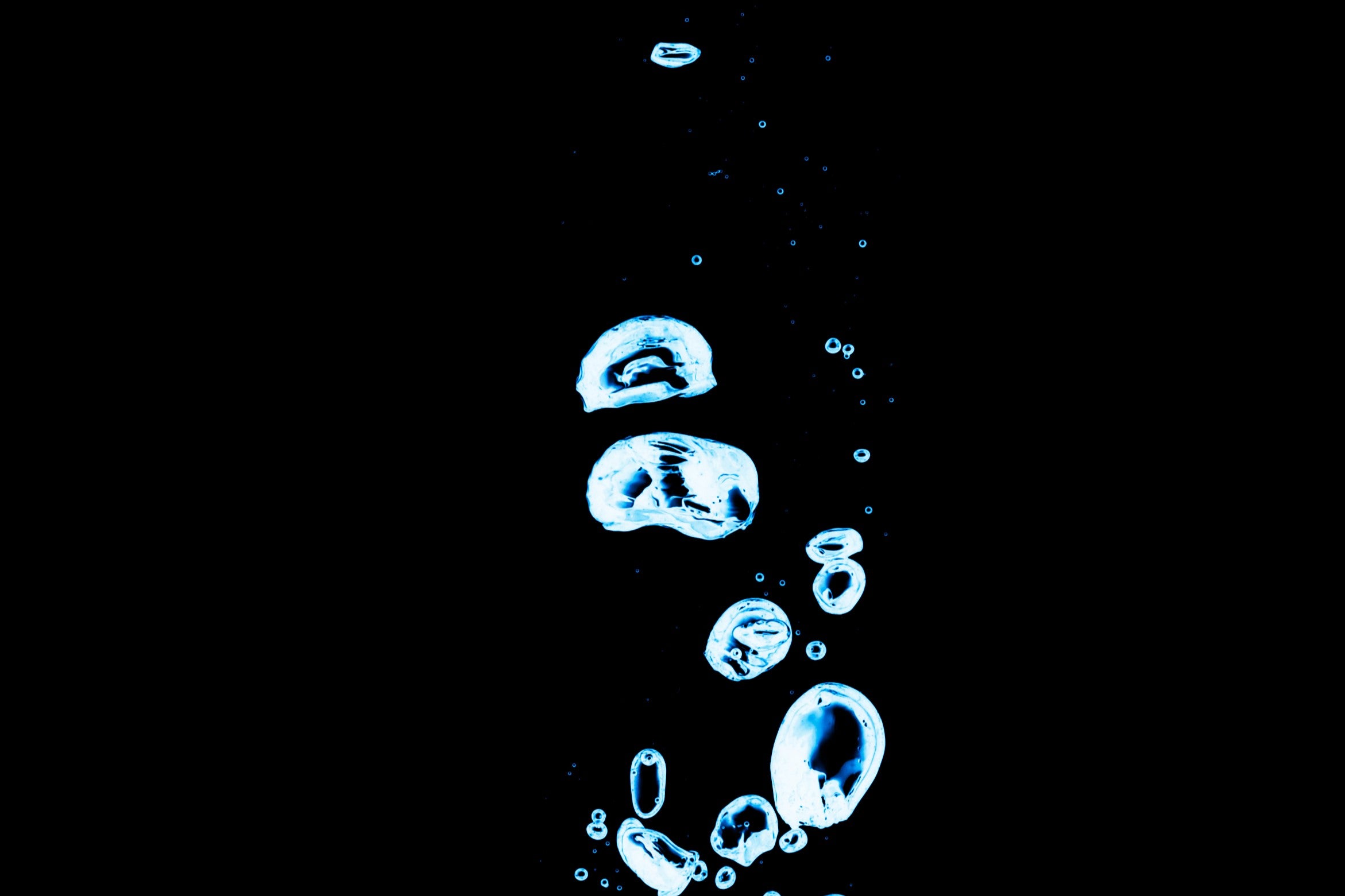Deepsea ‘batteries’ offer new source of oxygen for the planet
‘We have another source of oxygen, other than photosynthesis,’ says scientist who discovered so-called geobatteries

Scientists have discovered a new source of oxygen on the planet, originating from metal “batteries” deep beneath the Pacific Ocean.
The “dark oxygen” phenomenon was observed at depths of nearly 4,000 metres where light does not penetrate, making photosynthesis impossible.
Instead, the oxygen originates from natural mineral deposits on the ocean floor that act as weak batteries capable of producing enough voltage to split seawater into hydrogen and oxygen.
“We have another source of oxygen on the planet, other than photosynthesis,” said Andrew Sweetman, an ecologist at the Scottish Association for Marine Science (SAMS), who was involved in the research.
Professor Sweetman, who made the discovery while conducting fieldwork in the Pacific Ocean, said the new revelation challenges our understanding of where aerobic life originates.
“For aerobic life to begin on the planet, there had to be oxygen, and our understanding has been that Earth’s oxygen supply began with photosynthesis organisms,” he said. “But we now know that there is oxygen produced in the deep sea, where there is no light.”
The amount of oxygen produced by the mineral deposits, known as polymetallic nodules, is miniscule compared to the oxygen generated through photosynthesis, however it may be enough to support deep-sea ecosystems.
In order to confirm their theory that these underwater batteries were creating the gas, scientists at SAMS recreated the process in successful lab experiments at Northwestern University.
“It appears that we discovered a natural ‘geobattery’,” said Franz Geiger, a professor of chemistry at Northwestern’s Weinberg College of Arts and Sciences, adding that the discovery could force deep-sea mining companies to reassess the impact that their activities have on underwater ecosystems.
“These geobatteries are the basis for a possible explanation of the ocean’s dark oxygen production... This puts a major asterisk onto strategies for sea-floor mining as ocean-floor faunal diversity in nodule-rich areas is higher than in the most diverse tropical rainforests.”
The research was detailed in a study, titled ‘Evidence of dark oxygen production at the abyssal seafloor’, published in the journal Nature Geoscience.
Join our commenting forum
Join thought-provoking conversations, follow other Independent readers and see their replies
Comments
Bookmark popover
Removed from bookmarks